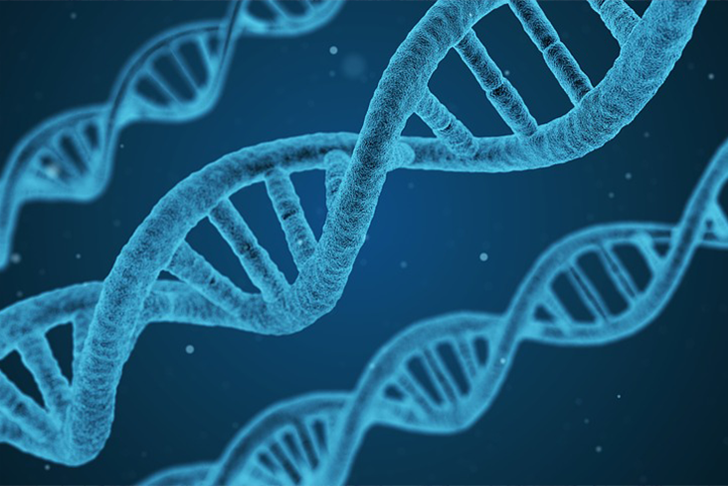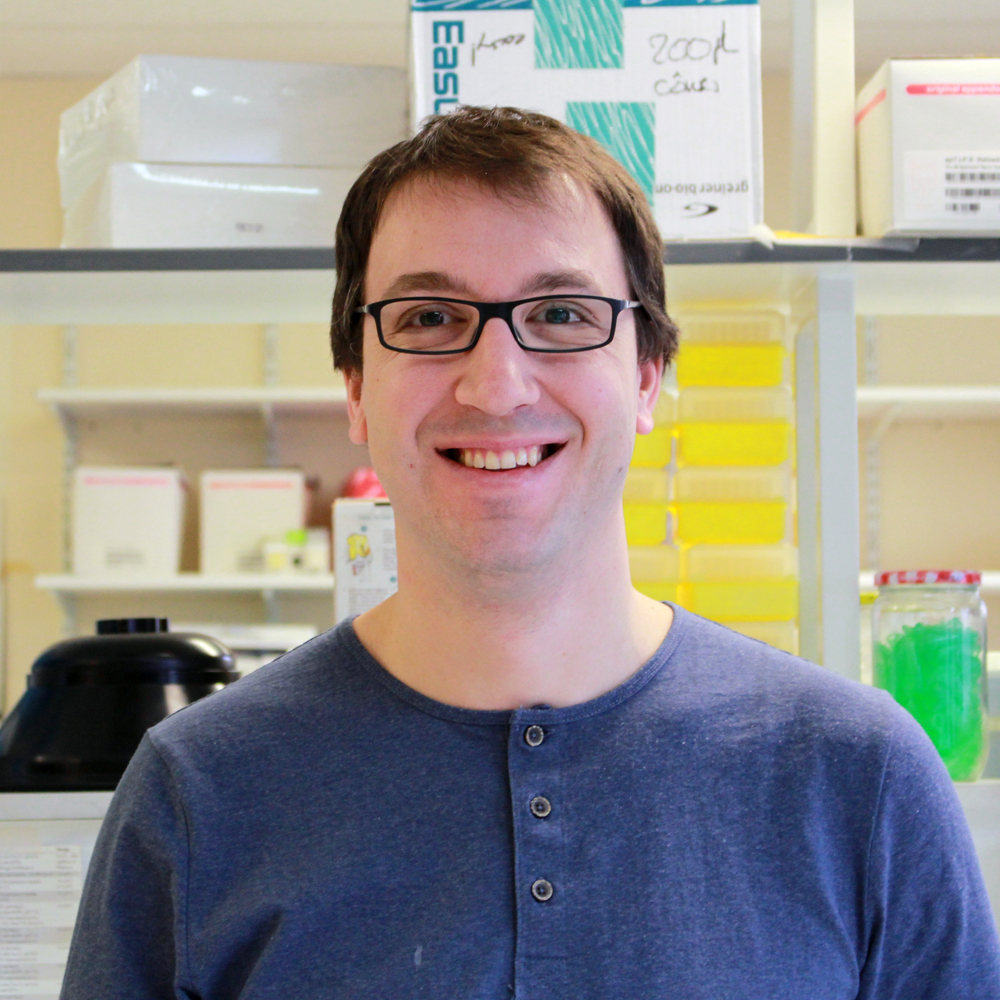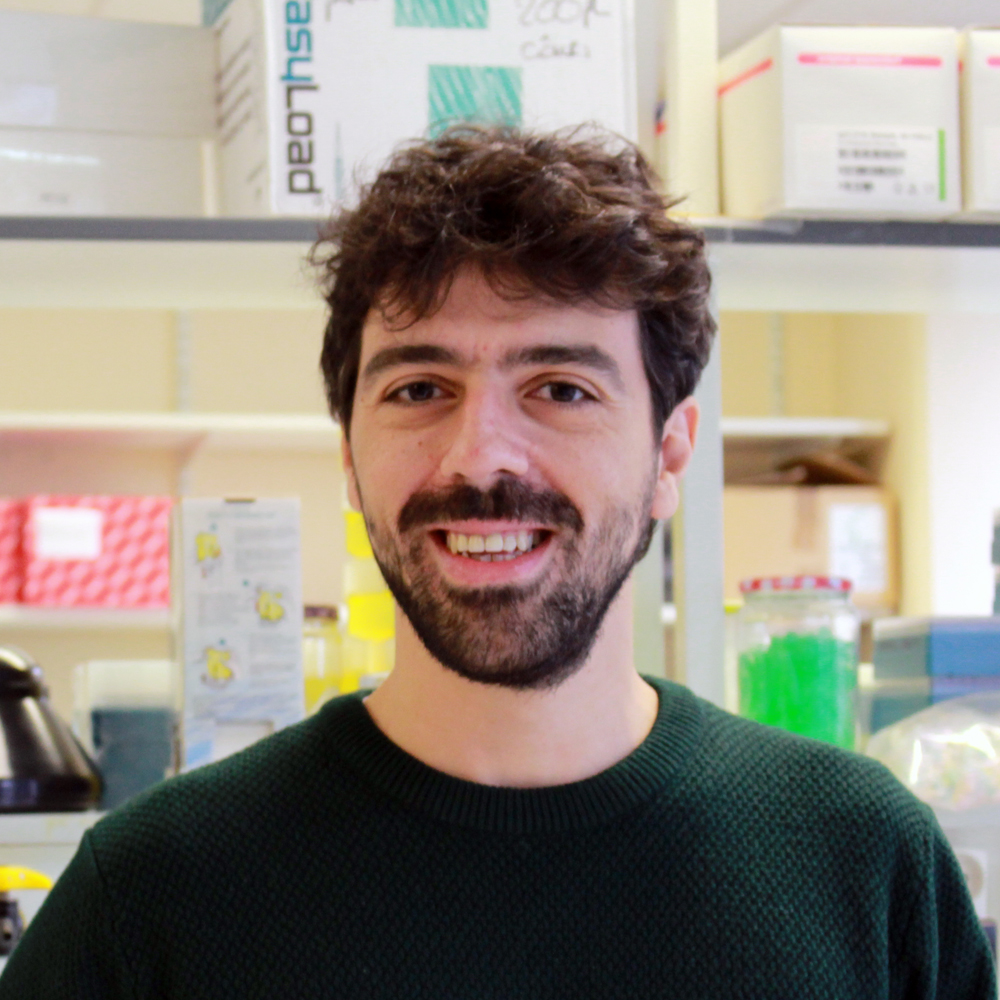
Genomics of Liver Tumors
Jessica
ZUCMAN-ROSSI
We study 3 types of solid tumors using genomic approaches to better understand their molecular and clinical heterogeneity and develop new diagnostic and prognostic markers. For this we use the last advanced technologies in molecular biology associated to our expertise in bioinformatic.
The various activities of our lab and its members

Telomerase is a key enzyme for cell survival that prevents telomere shortening and the subsequent cellular senescence that is observed after many rounds of cell division. In contrast, inactivation of telomerase is observed in most cells of the adult liver. Absence of telomerase activity and shortening of telomeres has been implicated in hepatocyte senescence and the development of cirrhosis, a chronic liver disease that can lead to hepatocellular carcinoma (HCC) development. During hepatocarcinogenesis, telomerase reactivation is required to enable the uncontrolled cell proliferation that leads to malignant transformation and HCC development. Part of the telomerase complex, telomerase reverse transcriptase, is encoded by TERT, and several mechanisms of telomerase reactivation have been described in HCC that include somatic TERT promoter mutations, TERTamplification, TERT translocation and viral insertion into the TERTgene. An understanding of the role of telomeres and telomerase in HCC development is important to develop future targeted therapies and improve survival of this disease. In this Review, the roles of telomeres and telomerase in liver carcinogenesis are discussed, in addition to their potential translation to clinical practice as biomarkers and therapeutic targets.
Eric Letouzé and Stefano Caruso from our lab will present their works tomorrow at the CRC Scientific Day!


Don’t miss this day with high level science from our Research Center !
More informations on CRC website:
The Faculty of Medicine and Dentistry of UC Louvain will present the honoris causa doctor insignia today, May 29 2019 to our Director, Pr. Jessica Zucman-Rossi. A new prestigious reward for our director.

The last work of Sandra Rebouissou group is newly accepted for publication in Gastroenterology.
Entitled, “Analysis of Liver Cancer Cell Lines Identifies Agents With Likely Efficacy Against Hepatocellular Carcinoma and Markers of Response” it is the first study to provide a comprehensive molecular characterization of most widely used liver cancer cell lines. All the data are available at : www.lccl.zucmanlab.com